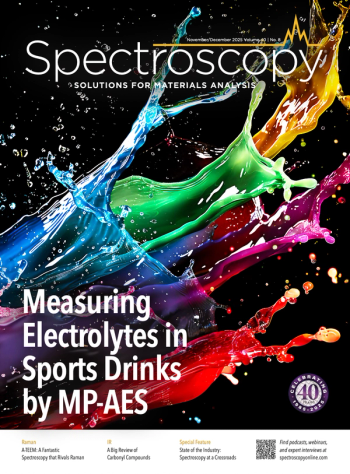
Philip J. Grandinetti Receives 2022 EAS Award for Outstanding Achievements in Magnetic Resonance
Philip J. Grandinetti of the Ohio State University is the winner of the 2022 Eastern Analytical Symposium (EAS) Award for Outstanding Achievements in Magnetic Resonance.
Philip J. Grandinetti of the Ohio State University is the winner of the 2022 Eastern Analytical Symposium (EAS) Award for Outstanding Achievements in Magnetic Resonance. He received the award on Monday, November 14, in a session in his honor at EAS in Plainsboro, New Jersey.
Grandinetti studied for his PhD in physical chemistry at the University of Illinois, Urbana-Champaign, under Prof. Jiri Jonas, where he developed and applied in situ high-pressure nuclear magnetic resonance (NMR) methodologies to study the dynamics of elastohydrodynamic lubricants and pressure-induced phase transitions in lipids. After completing his PhD, Grandinetti worked at the University of California, Berkeley, in the laboratory of Prof. Alex Pines, from 1989 to 1993. While there, he made contributions to a new class of solid-state NMR methods for obtaining high-resolution spectra of half-integer quadrupolar nuclei.
Grandinetti’s current research interests focus on magnetic resonance to probe dynamics and structure in disordered and heterogeneous materials. He received an NSF CAREER award in 1995 and an NSF Creativity Award in 2004. He was a visiting professor at the Ecole Normale Supérieure de Lyon in 1999, a visiting professor and Le Studium Researcher at the CNRS in Orléans, France, in 2005-2006, the Allan Cox visiting professor in the School of Earth Sciences at Stanford University in 2009, and a visiting professor at the École Polytechnique Fédérale de Lausanne, Switzerland. He served on the editorial board of the journal Solid-State Nuclear Magnetic Resonance and was a council member of the International Society of Magnetic Resonance.
Each year, the Eastern Analytical Symposium honors analytical chemists who have distinguished career achievements. The recipients of these awards advanced these fields by superior work in developing theory, techniques, or instrumentation.
Newsletter
Get essential updates on the latest spectroscopy technologies, regulatory standards, and best practices—subscribe today to Spectroscopy.



